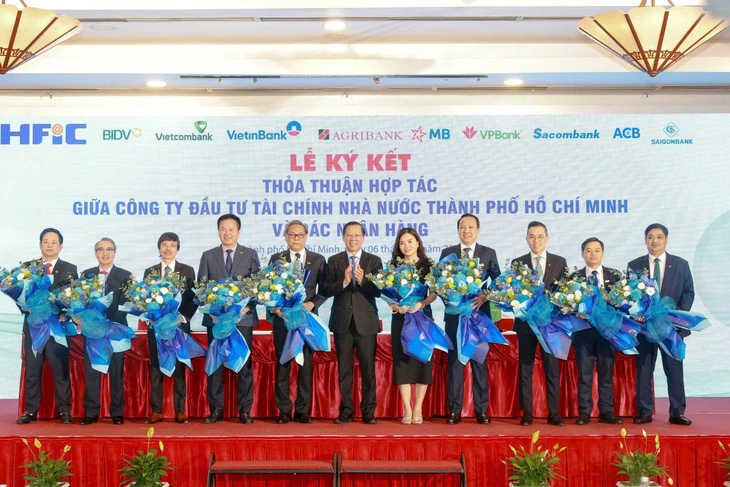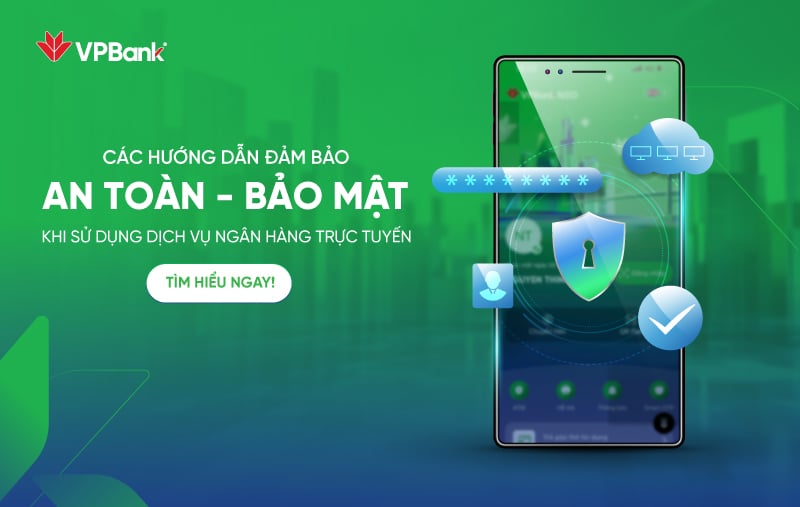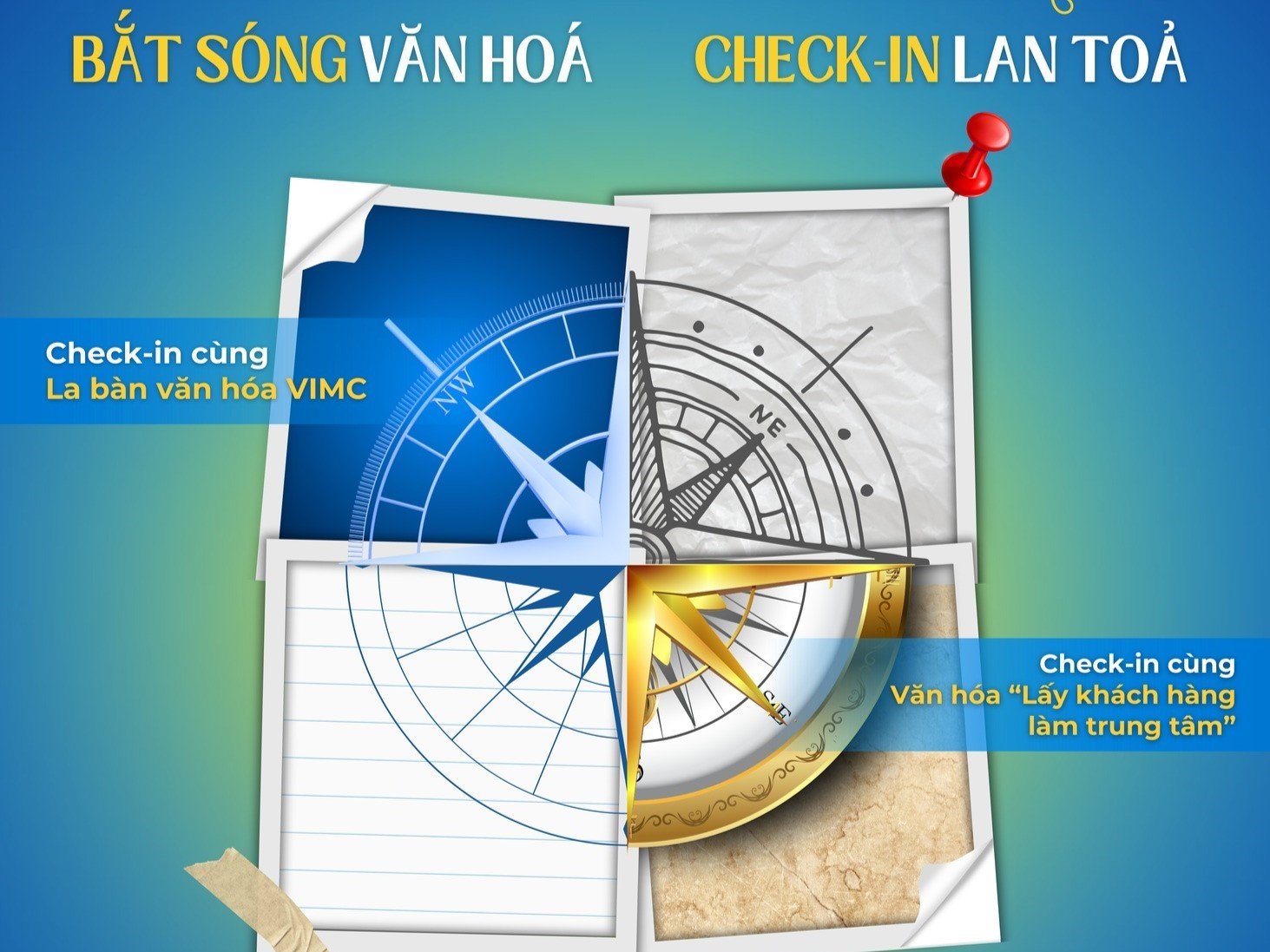In compliance with Circular 50/2024/TT-NHNN to ensure safety and security for providing online services, from January 1, 2025, in SMS messages or emails sent to customers, VPBank SME will not include links to websites. This is to limit scammers from taking advantage of the bank's brand to send fake links with malicious code, stealing customers' account information.
To help customers conveniently and safely use VPBank SME's e-banking services, we would like to provide official links related to each product/service. Customers using computers or laptops to access the SME Connect system:
Customers can refer to detailed instructions here!
In addition to performing financial transactions, the SME Connect system also stores and helps Customers view the "Agreement on using the system in creating, sending, and concluding credit documents" that Customers have signed with VPBank SME , specifically:
a) Rights and obligations of customers using e-Banking services;
b) VPBank's responsibility in using and securing Customer data according to the provisions of law
c) Commitments related to ensuring the continuous operation of the e-Banking system.
During the implementation of e-Banking, many people are concerned about whether using this service is safe or not?
VPBank SME always complies with the requirements on safety and security in e-banking services according to the provisions of law and competent State agencies to ensure maximum safety and limit risks and fraud when customers use e-banking services.
Transactions made through the SME Connect system are always authenticated with an OTP Code that is automatically generated and sent uniquely to customers via text message (SMS OTP), helping to limit account hacking to make unauthorized transactions.
What are the risks involved in using electronic banking?
Electronic banking services, along with their convenience, also pose risks due to the sophisticated tricks used by cyber criminals.
- Email fraud (Phishing): Fraudsters can impersonate bank employees, government agencies or fake emails/messages from reputable banks/organizations to steal account login information. Always check email addresses and do not click on links in messages from unknown sources.
- Information Exposed When Using Public Wi-Fi: Accessing banking services over public Wi-Fi without firewall protection can expose you to hackers and steal your information. Use a separate and secure network connection.
- Malware: Viruses and malware can infect your device and steal your login information and accounts. Update your anti-virus software regularly and only download apps from trusted sources.
To ensure safety during transactions, VPBank SME recommends that Customers:
- Keep your OTP Code confidential and do not share devices that store your OTP Code information. Do not save your login name and OTP Code on browsers. Never provide OTP to anyone, including bank employees.
- Do not click on strange links, be careful when scanning QR codes that lead to websites with strange addresses.
- Only log in to your account on secure devices and type website addresses into your browser. Be cautious when accessing your account from public Wi-Fi networks.
- Use anti-virus software on your device, log in and exit the application when not in use.
- Read carefully the service usage and security instructions on the bank's official e-banking website.
- Do not install software or applications from untrusted websites on your device. In addition, customers should not use unlocked devices to download and use e-banking or OTP generating software.
- Regularly update other warnings from VPBank through VPBank's official information channels.
For more detailed information on the above contents, Customers can contact hotline 1900 234568 or VPBank SME center/branch serving Customers .
We wish you safe transactions with VPBank's products and services.


























































Comment (0)